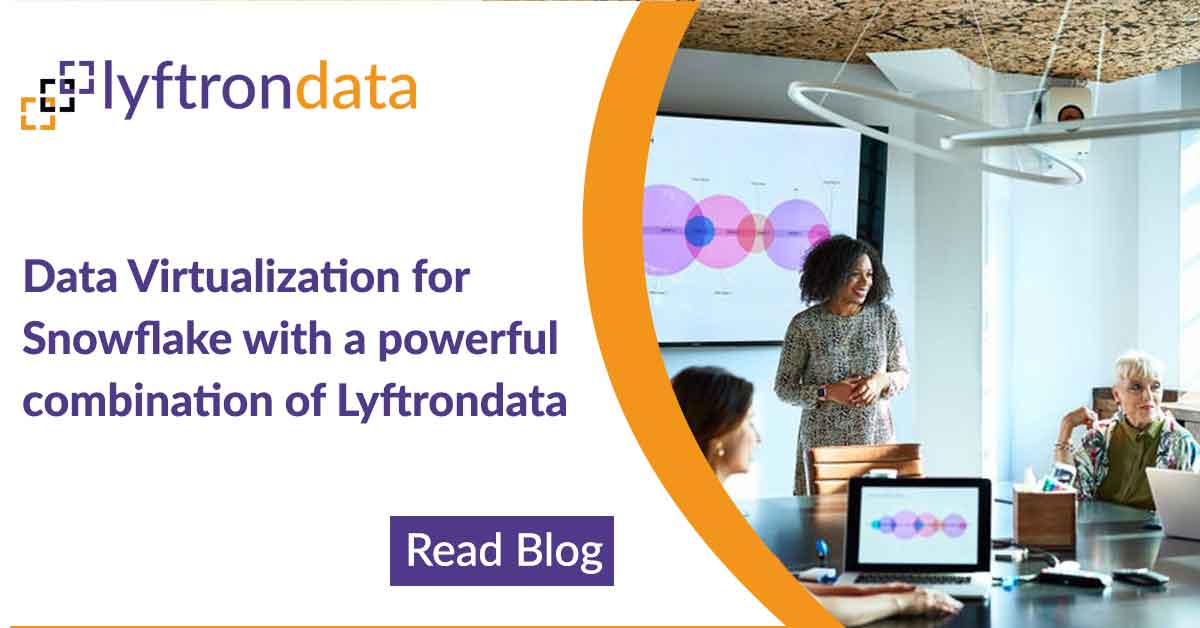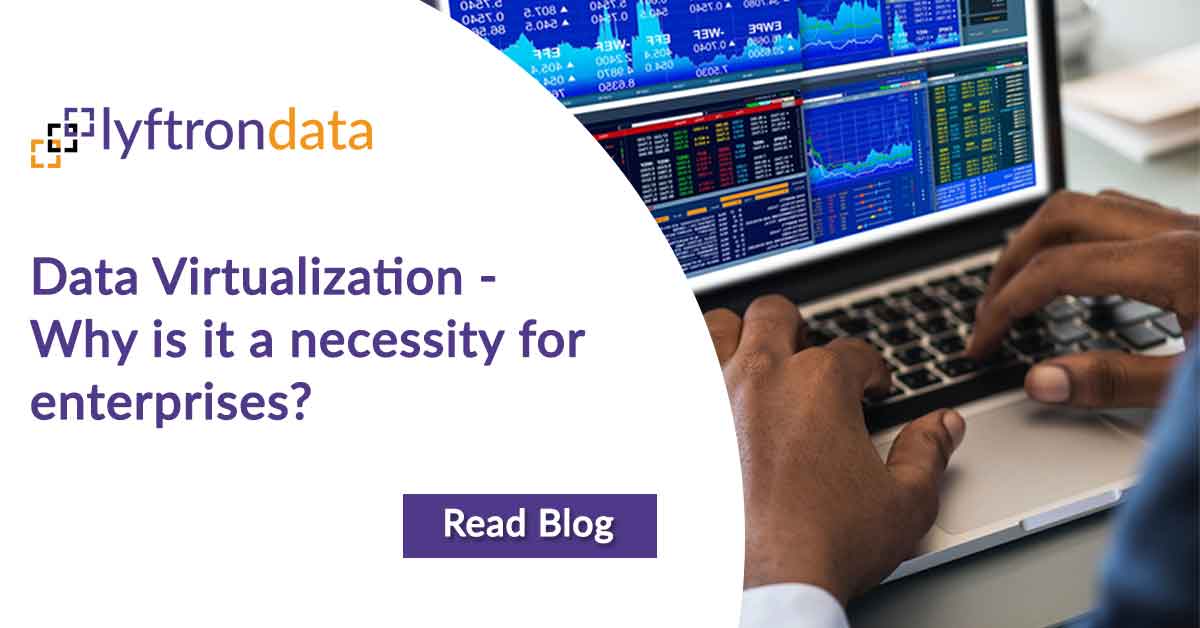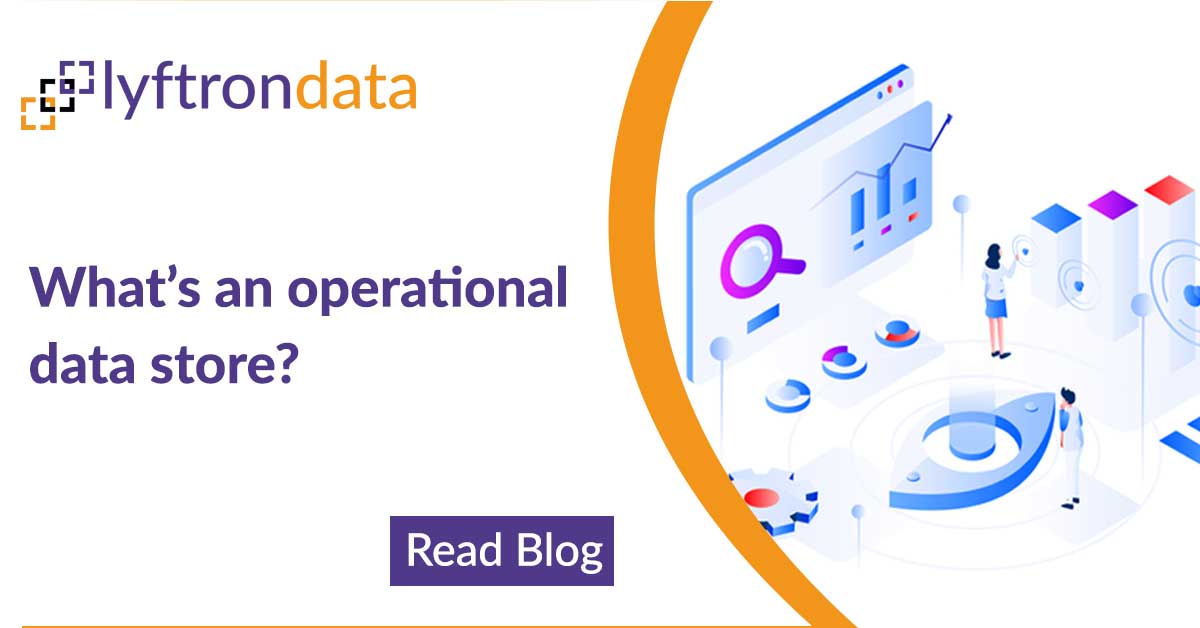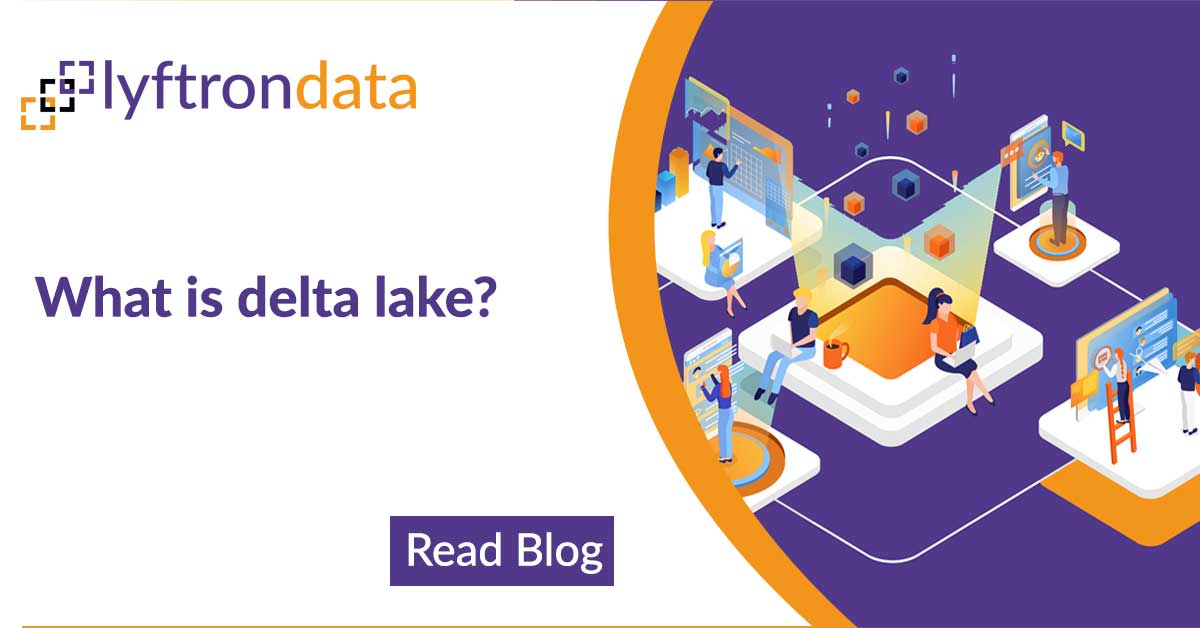

Snowflake Data Marketplace
Snowflake Data Marketplace gives you access to external data (data stored outside the Snowflake server) from 100+ data sets provided by Data Service Providers via Snowflake’s Secure Data Sharing. Lyftrondata leverages Snowflake’s role-based security to ensure that sensitive data remains secure. Lyftrondata allows users to focus on their data discovery and integration efforts.
Snowflake offers Secure Data Sharing, a connection between data providers and consumers (i.e., the users who need the external data to run queries and reports on their datasets). Customers can “discover” and connect with third-party data vendors, consume that data directly from Snowflake in various formats like tables or blobs, and combine it with their dataset without making any changes to solve analytical problems. This allows customers to access several different types of files to meet all of their business needs. If they use several other external vendors to store data, the Data Marketplace will ensure they go through just one system instead of getting access to all this data. They’ll be able to find everything they need as part of a single package from Snowflake! Customers may also “provide” their datasets for other more specific purposes – like monetizing the information they have by making it available via the marketplace.
What is Lyftrondata?
- Use No-Code/Low-Code to automatically create data pipelines, data virtualization, and data governance.
- Use SQL queries, BI, and machine learning technologies to analyze any data.
- Transform any data into a standardized ANSI SQL model automatically.
- Without any coding experience, do cross-platform joins and run rapid/fast queries on the unified sources using APIs, No SQL, JSON, XML, and other databases/cloud warehouses.
The additional disc space required for data loading into Snowflake proved to be a significant barrier in the data pipeline. Lyftrondata makes use of Snowflake’s data streaming API to provide a novel approach to data loading into the Snowflake Data Warehouse. Data is loaded from a data source, then SQL expressions are used to apply data transformations, and the changed data is fed straight into Snowflake. As a result, data loading is speedy and there’s no need to worry about temporary files taking up space. Lyftrondata brings down chosen SQL transformations straight to data sources to decrease the quantity of data that must be exchanged.
A Snowflake data warehouse gives Lyftrondata the use of its data warehousing API. Datawarehousing APIs eliminate much of the manual work in data warehousing. Lyftrondata connects with a Snowflake Data Warehouse to provide users with access to the data they need to create compelling business intelligence projects. Lyftrondata masks and virtualizes Snowflake tables from other databases, freeing them for use in cross-examination studies and individualized research projects. Users can share this information with those who want to learn about what’s available on Lyftrondata.
Lyft, shift and load any data into Snowflake instantly
There are two types of data listings:
1. Standard Listing
2. Personalized Listing
A standard listing provides instant access to public data without any customization needed. This is the default type of listing. Standard listings can be suitable for providing generic, aggregated, or non-customer-specific data and any kind of list that doesn’t require customized visualizations to analyze or consume.
You can choose from the following filter options by clicking on “Filters“:
• Ready to Query
• Recently published
Since standard listings should be ready to query, you can click the button “Ready to Query” to see all Standard Listings, which only shows data that is available for you to query.
Each standard listing includes information about the shared data, sample queries, and data provider information. To get data from a typical data listing, for example, if you want to get data from any standard data listing, you can click on the dataset, which will bring up a prompt
- You click the "Get Data" button, which takes you to a screen where you may name the database for Snowflake users and agree to the provider's and Snowflake's terms of service.
- The database is created in the Snowflake account's Databases page as soon as you click "Get Data."
- When it's finished, another window appears, indicating that the data is available to query.
- To access the data, click the "Query Data" button, which opens a spreadsheet where you may build a query to query the data.
- Customers can request specific data sets from a tailored listing. This could be premium data that a supplier charges for or data that is unique to each customer. Each personalized listing provides information about the shared data, sample usage examples, and the data provider's contact information. The customized listings do not have their filter. You can view all ads and then select those with the “Personalized” tag or a specific category from the list.
- Click on the data set with the “Personalized” tag, such as the “Healthcare Professionals” data set, to get data from a personalized listing. You must submit a request as a consumer by clicking the Request button.
- It opens a window where you can enter your contact information.
- The data supplier is notified after a request is submitted. The consumer is then contacted by the provider. Commercial agreements vary depending on the data provider. After that has been agreed upon, the customized data set is prepared and provided to the customer.
How Lyftrondata helps to transform your Snowflake journey
Hit Marketplace from your account UI, scroll down to the bottom where it reads “interested in being a data provider?” and click the “Get in touch” button. Both methods will take you to the same page where you can fill in your contact information.
- Customers are in the supported territories.
- The Snowflake Provider agreement has been signed by the customer.
- Snowflake’s data requirements are met. To comply with the rules, shared data must be:
- Fresh — the data is near real-time or updated regularly.
- Real — not sample data.
- Legally shareable — the customer must own the data or have the right to share it.
A provider profile can be edited at any time. Before the modifications may be seen in the Marketplace, Snowflake must approve the updated profile. The profile adjustments are reflected for all listings related to the profile once they have been authorized. You can also delete a provider profile if it isn’t linked to any listings, whether published or unpublished.
Users can accelerate their cloud adoption, save time and money, and take advantage of the data trusts and the trustless exchange process that has been built by LyftronData’s Data Sharing. Lyftrondata enables data providers to monetize their data more effectively; The Snowflake Data Marketplace provides a unique opportunity to discover and purchase data sets from the industry’s leading suppliers, which in turn makes it easier to build data-driven applications and unlock the hidden value of your enterprise data.
Intended, fabricated, and plotted for Snowflake
How Lyftrondata integrates with Snowflake in six different ways:
Lyftrondata's value propositions that set it apart from traditional ETL/ELT platforms for modern data warehouse modernization & migration
Lyftrondata allows for seamless BI Report & Analytics connectivity to different data sets, including SaaS-based ones! Lyftrondata accepts SQL queries, translates them, and forwards them (pushes down) to the Snowflake database. As a result, BI tools can connect directly to Lyftrondata (a LIVE data mart!). From there on out, all of your reports and analytics can be done both on-premises or directly within Lyftrondata. The solution also offers the ability to query data stored in Microsoft SQL databases, which is ideal for cases where companies are either migrating from SQL Server or still using it as their primary repository of structured data. This particular feature will ensure that any preexisting BI tools you’ve implemented that rely on directly querying MSQL databases can work with Lyftrondata without requiring changes.














